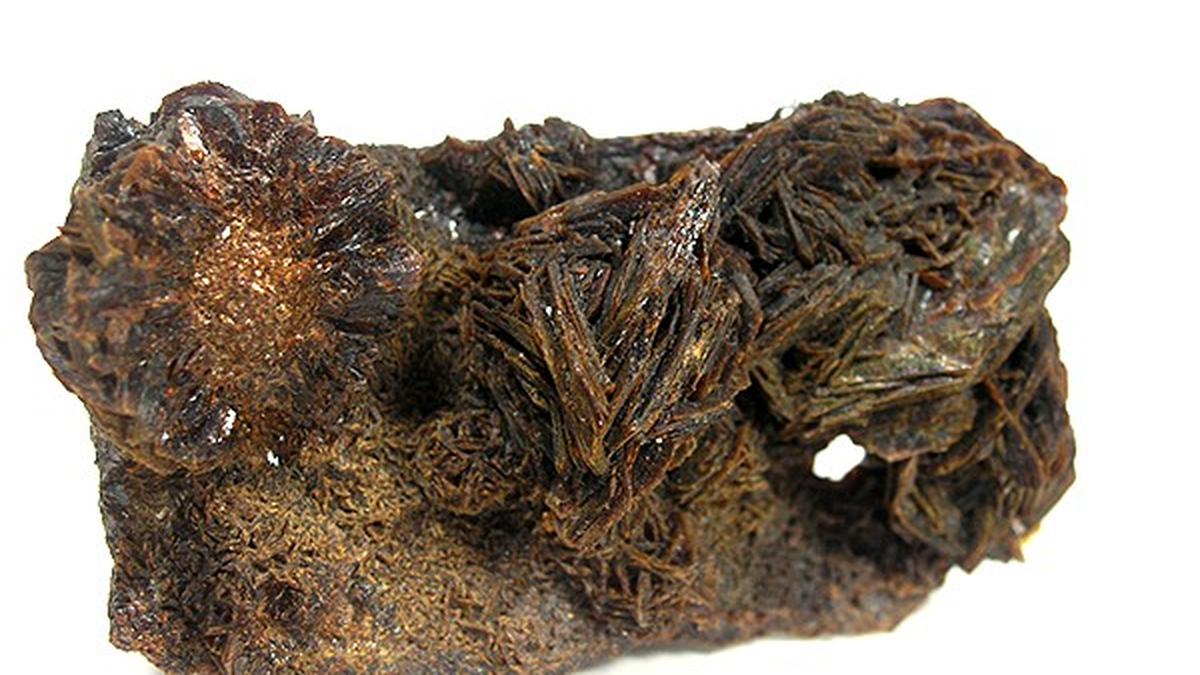Jarosite crystals from Sierra Peña Blanca in Mexico.
| Photo Credit: Robert M. Lavinsky (CC BY-SA)
Jarosite is a yellow-brown mineral that contains potassium, iron, and sulphate — and researchers have found it could serve as a natural geological clock on Mars.
Recently, a team of researchers from around India sampled six jarosite veins from Kachchh in Gujarat, whose arid, salty terrain is similar to that of Mars.
In the lab, the team analysed how much light the mineral emitted due to the energy it had stored from natural radiation, a phenomenon called luminescence. First, they washed the grains in weak acid to roughly double their brightness, then zapped them with radiation, heated them, cooled them, and repeated the cycle many times.
This way, they revealed four clear emissions at about 100° C, 150° C, 300° C, and 350° C, even after baking the grains to 450 °C. This meant jarosite could survive being heated by a rover’s drill without losing its ability to luminesce.
When the team measured how the glow grew with extra radiation, they found the grains became saturated between 590 and 2,600 gray (the SI unit of absorbed radiation dose). On Mars, natural radiation is roughly 65 milligray/year, so jarosite can record events that happened within the last 25,000 years.
Because jarosite is common on Mars, tough, and easy to read with small heaters and LEDs, the researchers have suggested future rovers could use it to date dust storms, ancient flood deposits, and volcanic ash.
Published – May 20, 2025 01:43 pm IST
